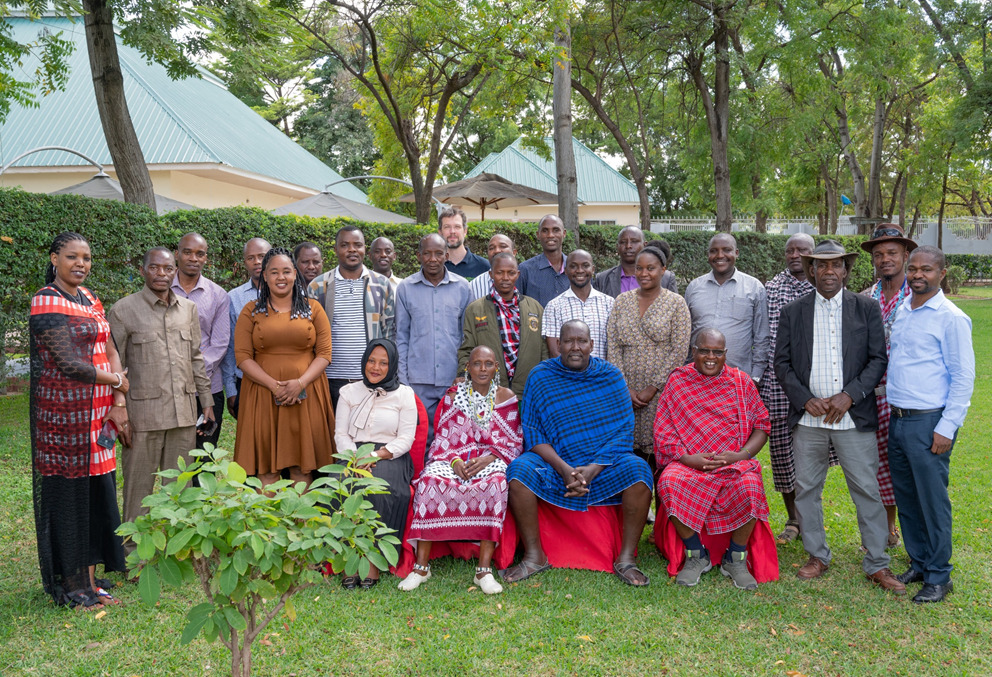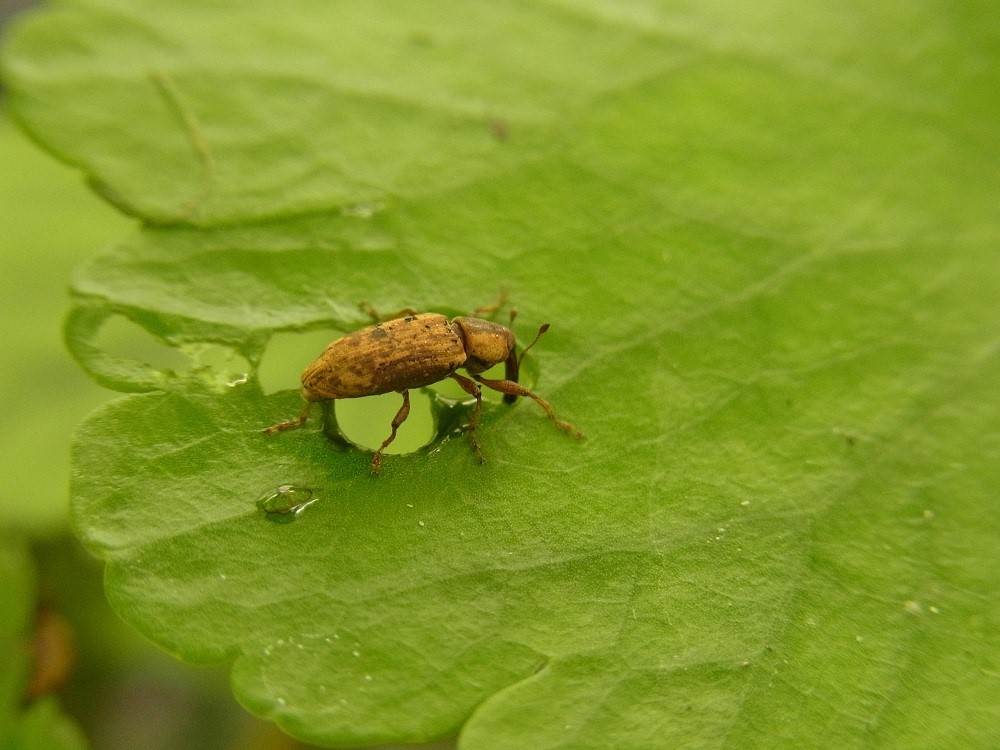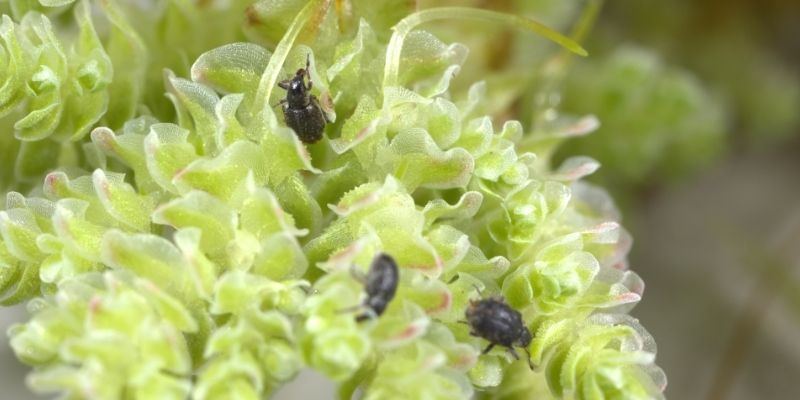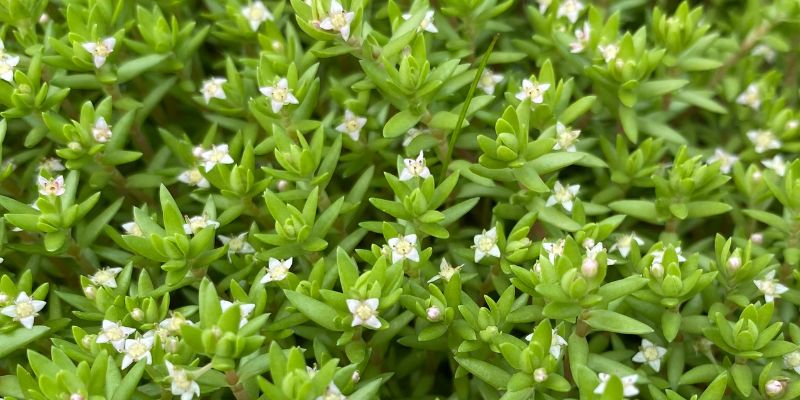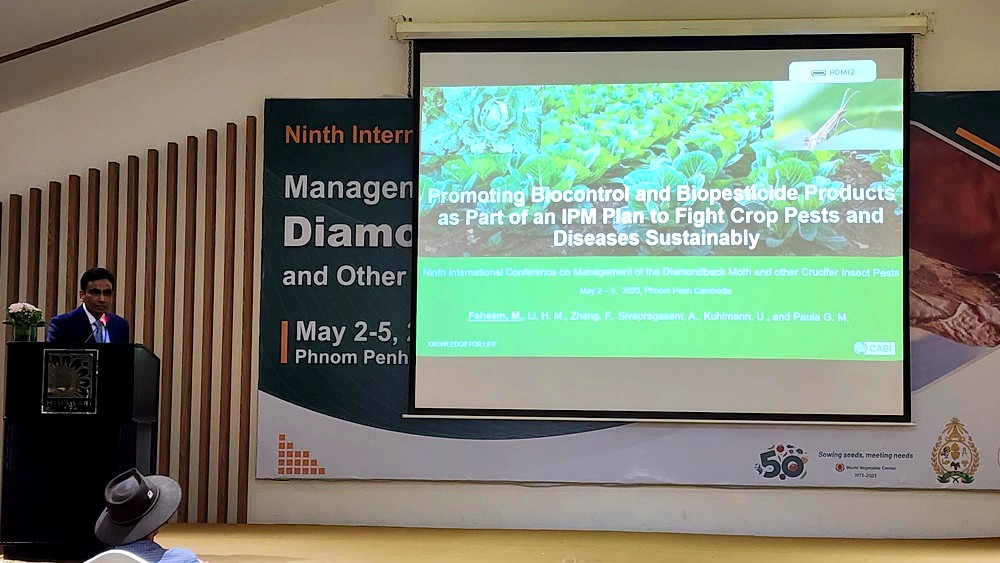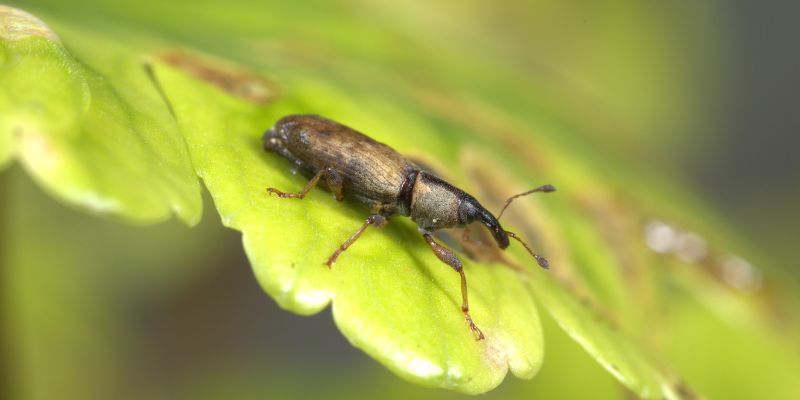Invasives Blog
Category: Invasive species
You are here: Invasives Blog
Pest Alert issued for fall armyworm pest infesting rice crop in the Philippines
July 26, 2023
Wayne Coles
1 comment
Workshop explores strategy to tackle woody weed threat to biodiversity and livelihoods in Tanzania
June 8, 2023
Wayne Coles
No Comments
Study examines potential for collective action to fight fall armyworm with biological controls in rural Zambia
May 30, 2023
Wayne Coles
No Comments
CABI’s expertise shared at XVI International Symposium on Biological Control of Weeds 2023
May 25, 2023
Wayne Coles
1 comment
Brown marmorated stink bug research in China offers promise to prevent the pest spreading in New Zealand
May 23, 2023
Wayne Coles
No Comments
Azolla weevil: 100 years of Azolla biocontrol in the UK
May 19, 2023
Chris Berman
2 comments
Crassula – the potent invasive plant being challenged by a microscopic mite
May 17, 2023
Chris Berman
No Comments
CABI outlines at conference more sustainable biological control agent approach to fight diamondback moth
May 16, 2023
Wayne Coles
No Comments
Floating pennywort weevil: feasting to control one of the UK’s most invasive aquatic plants
May 15, 2023
Chris Berman
2 comments
Invasive species in Sri Lanka: A rising threat
April 21, 2023
Rolanda McGuire
No Comments
Subscribe
Find out more
For more information about CABI's work on invasive species, please visit www.invasive-species.org
Contribute
If you are active in the field of invasive species or development and would like to contribute to the Invasives Blog, please contact Donna Hutchinson. We are happy to post credible articles that we think would be of interest to our readership.
Views expressed in contributions do not necessarily reflect official CABI positions.
Archives
Categories
- Agriculture and International Development
- Veterinary and Animal Sciences
- Climate change and biodiversity
- Environmental Sciences
- Invasive species
- Plant Sciences
- Crop health
- Development communication and extension
- Digital development
- Economic development
- Food and nutrition security
- Gender and youth
- Publishing
- Value chains and trade


